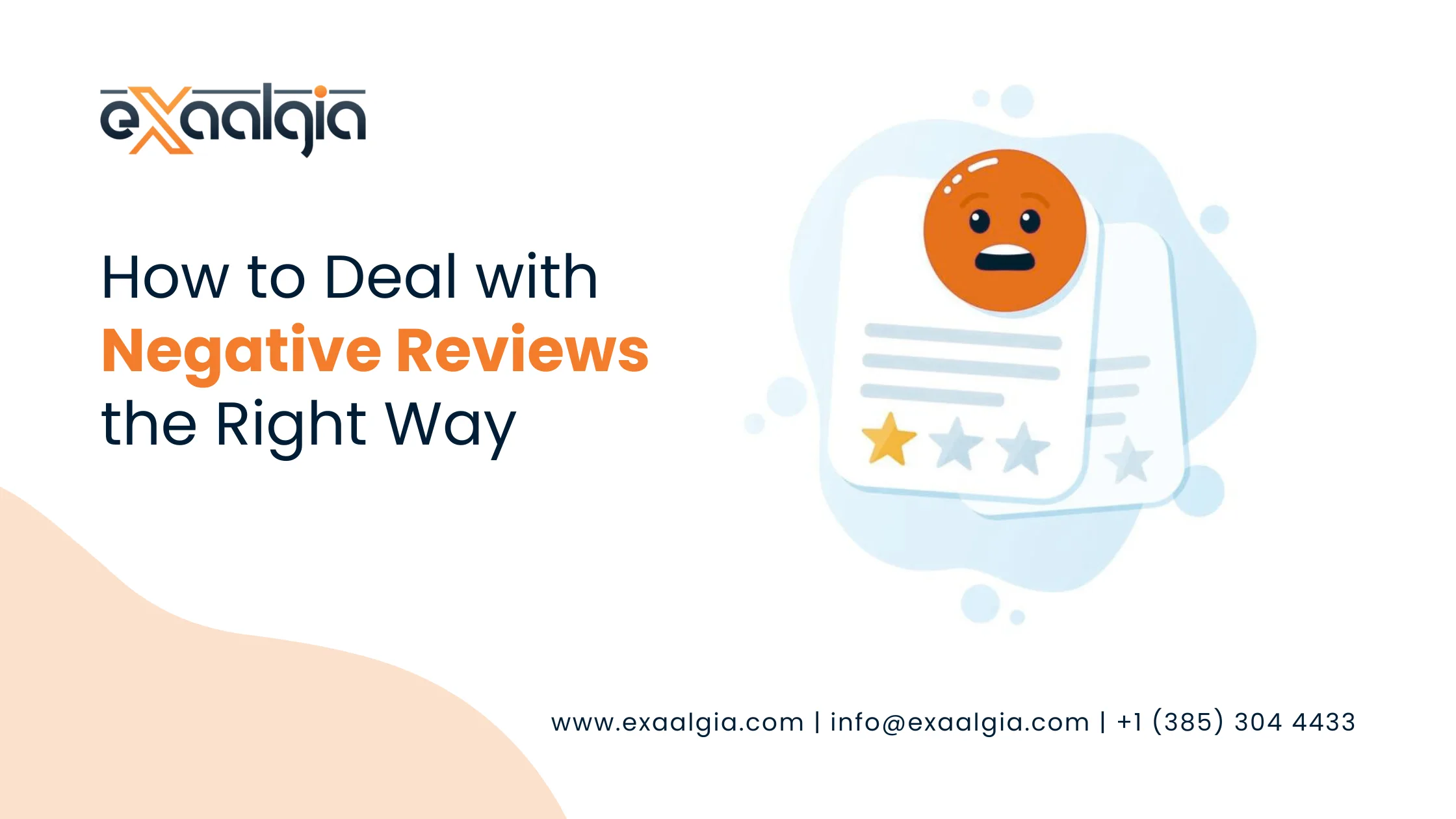It will go through the basics of keyword mapping in SEO, importance of keyword mapping, application, and what tools to use to be successful.
What Is Keyword Mapping?
Keyword mapping is all about assigning specific keywords to different pages on your website. According to this, each page is, therefore, optimized for a distinct keyword or set of related keywords, hence letting search engines better understand and rank the content.
Just think of it like a library where each book is a keyword; mapping keywords to the exact pages organizes your “books” on a shelf, so search engines (and humans) can better locate what they are looking for.
So, for example, if your business offers SEO services in the USA you would map the keyword “SEO Services USA” to the service page, but a blog post could target “keyword mapping best practice” or “digital marketing services.”
Key Takeaways of Keyword Mapping:
Structured Optimization: Every page is targeting a unique keyword or set of keywords.
Avoids Keyword Cannibalization: It prevents different pages from competing with the same keyword or set of keywords.
Aligns with Search Intent: The right content is displayed to the correct users.
Why keyword mapping is important
Why bother mapping keywords? It is straightforward: keyword mapping ensures that your SEO strategy is focused, effective, and planned.
Here’s why it matters:
1. Increases search engine visibility
Search engines can track and rank your content easily by virtue of keyword assignments on specific pages. Search engines reward clarity and relevance in rankings and usually rank more structured websites with mapped keywords for relevant searches.
2. Helps Improve User Experience
The goal when a user lands on your site is to view relevant content to the questions those possibly typed in the search terms. Keyword mapping helps you align your content with user intent, thereby smoothing navigation while at the same time helping reduce bounce rates.
3. Reduces Keyword Cannibalization
It defiles your rankings because it is confusing to many pages competing for the same keyword.
Keyword mapping has it the right way since it ensures specific keywords are assigned to specific pages, thereby optimizing the overall performance of your site’s SEO.
4. Supports Content Strategy
Keyword mapping gives you a framework for content creation. You can see gaps in your content and ensure each page has a definable purpose, which makes planning and optimizing further content easier.
Creating a Keyword Map
Having covered the preliminary details, let’s proceed further into the specifics steps for making a good keyword map.
Step 1: Carry Out Keyword Research
First, begin to find keywords that are specific to your business by using SEO tools such as SEMrush, Ahrefs, or Google Keyword Planner. You can establish the terms associated with the offerings for your company or services you provide.
You can also choose a mix of high-traffic and competitive keywords, but try to maintain a balance between search volumes and ease of ranking with long-tail keywords that are more specific.
For example, if your business was specifically about digital marketing solutions, keywords might be “SEO strategies,” “SEO services USA,” or “best SEO tools.”.
Step 2: Keyword Clustering by Intent
Group keywords into the search intent. This allows you to associate keywords with the appropriate kind of page on your website.
Informational Keywords: Queries to which the users want to gather information, like “what is keyword mapping.”
Navigational Keywords: Queries to which users look for a specific website or brand, like “Exaalgia SEO Services USA.”
Transactional Keywords: Keywords where the users are likely to take action. Examples: “buy digital marketing services“
Step 3: Associate Keywords with Pages
Grouping has been done. It is now important to assign the keywords to different pages on your website. One page should be assigned to at least one primary keyword and few secondary keywords that resemble the content of the page. No two pages should compete for the same keyword. This is to avoid keyword cannibalization.
For example, take “SEO Services USA” to be used for your services page and “how to do keyword mapping” for a blog post.
Step 4: Optimize Page Content
After keyword allocation, ensure that every single page is optimized with keywords emerging naturally in the page. Use the main keyword in the title for the page, meta description, headings (H1, H2, H3), and throughout the body content. Do not over-charge your content with keywords, though; it is all about using keywords organically.
Step 5: Assess and Fine-Tune
Keyword mapping is never something you actually complete. Always make sure you refer back to your keyword map through Google Analytics or SEMrush tools to check on how it is doing.
Update your keywords with regards to your search trends, competitor analysis, and the performance of your page.
Advantages of Keyword Mapping
Keyword mapping is not just about alphabetizing your content. Its benefits range from helping improve the SEO of your website to making it a better experience for the users.
1. Clarity in Content Structure
With keyword mapping, a defined focus is assigned to every page on your website. This helps in streamlining the content structure as well as the navigation of the site for both the users and the search engines.
2. Ranking in Search
Since all the pages have been optimized for specific keywords, there would be higher chances of ranking high in the searches. Organic traffic would increase, and the probability of better brand exposure would increase accordingly.
3. Improved Conversion Rate
Keyword mapping increases the chances of users coming across relevant content; thus, bounce rates are lowered and the conversion rate is increased. When visitors come to the right page, with the right content, they tend to act—be it buying a product, subscribing to a newsletter, or contacting your business.
4. Optimized User Experience
By mapping your keywords to the right pages, you will be improving user experience by offering the right information they seek. This in turn translates into longer times onsite, higher engagement, and a better satisfaction in general.
5. Competitive Advantage
In return, a well-planned keyword map gives you an edge over your competition, who may not be organizing their content as efficiently. This keeps you ahead in the SEO game by ensuring that all your content is highly relevant and optimized for search engines.
SEO Keyword Mapping Tools
To streamline the process of keyword mapping, several SEO tools help in researching, organizing, and optimizing keywords. Here are the top ones:
1. SEMrush
It is an all-in-one SEO tool that helps conduct keyword research, track keyword efficiency, and create deep maps of keywords. SEMrush also enables competitor analysis, so you can see where your site stands among others.
2. Ahrefs
Ahrefs is largely remembered for its powerful keyword research and backlink analysis abilities. You will get a chance to find worthwhile keywords, analyze strategies undertaken by your competitors, and optimize the mapping of your keywords for a perfect impact.
3. Google Keyword Planner
Provides search volume data, keyword trends, and competition levels. This is a useful tool for newly discovering keywords and also for fine-tuning an existing keyword map.
4. Moz Keyword Explorer
The Moz Keyword Explorer tool provides keyword information on its metrics – keyword difficulty, search volume, and opportunities to rank, and so forth. A perfect tool for a well-rounded keyword strategy.
5. Screaming Frog
Screaming Frog is a site crawler that helps audit the keyword utilization of your site and identify the optimization opportunities. It finds cannibalization issues of the keywords and ensures that keyword mapping is proper.
Start Using Keyword Mapping with Exaalgia
Keyword mapping is the heart of successful SEO strategies. It helps to optimize the content of your website, enhance search rankings, and deliver a much better user experience. You are actually building a structured website that doesn’t only rank well but also is of value to users by assigning specific keywords to individual pages.
Want to take SEO strategizing to the next level? Start with a robust keyword mapping plan and watch this traffic, engagement, and conversions go through the roof.
Exaalgia offers the best SEO services in the United States of America to increase the visibility of a business online and help any business in achieving marketing goals. Reach out to us now for more information on the digital marketing services that we can provide you and on how we may be able to assist you in building a winning SEO strategy.
FAQs
What is keyword mapping?
Keyword mapping is the process of applying precise keywords to particular pages of any website to make it SEO-friendly.
Why keyword mapping is necessary?
It facilitates to enhance search engine rankings, user experience, and prevent keyword cannibalization.
How to create keyword mapping?
Conduct keyword research, categorize into intent-based lists, map them to appropriate pages, and write content accordingly.
What are the benefits of keyword mapping?
It improves the structure of the website, increases SEO rankings, and higher conversion rate.
Which of the tools may help to find out how to put keywords in the best way?
The most popular ones are SEMrush, Ahrefs, Google Keyword Planner, Moz Keyword Explorer.







